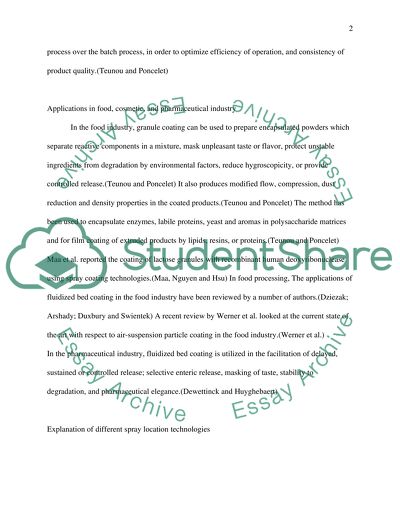Cite this document
(“The impact of spray location on coated granule quality Essay”, n.d.)
The impact of spray location on coated granule quality Essay. Retrieved from https://studentshare.org/miscellaneous/1508171-the-impact-of-spray-location-on-coated-granule-quality
The impact of spray location on coated granule quality Essay. Retrieved from https://studentshare.org/miscellaneous/1508171-the-impact-of-spray-location-on-coated-granule-quality
(The Impact of Spray Location on Coated Granule Quality Essay)
The Impact of Spray Location on Coated Granule Quality Essay. https://studentshare.org/miscellaneous/1508171-the-impact-of-spray-location-on-coated-granule-quality.
The Impact of Spray Location on Coated Granule Quality Essay. https://studentshare.org/miscellaneous/1508171-the-impact-of-spray-location-on-coated-granule-quality.
“The Impact of Spray Location on Coated Granule Quality Essay”, n.d. https://studentshare.org/miscellaneous/1508171-the-impact-of-spray-location-on-coated-granule-quality.


